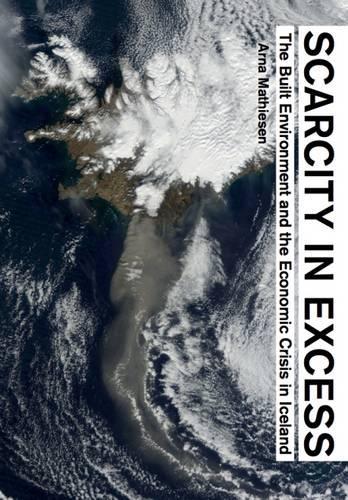
Scarcity in Excess: The Built Environment and the Economic Crisis in Iceland
(Paperback, English)
Publishing Details
Scarcity in Excess: The Built Environment and the Economic Crisis in Iceland
By (Author) Arna Mathiesen
Edited by Thomas Forget
Edited by Giambattista Zaccariotto
Actar Publishers
Actar Publishers
1st December 2014
English
United States
Classifications
General
Non Fiction
Architecture
Architecture: professional practice
Physical Properties
Paperback
250
Width 167mm, Height 235mm
709g
Description
After a period of extraordinary economic growth at the turn of the twenty-first century, the economy of Iceland collapsed into the deepest and most rapid peacetime fiscal crisis ever recorded. Seeing the development of the capital area through the lens of scarcity, triggered new urban and regional questions and ecological approaches to design. This book considers both the crash and its aftermath as an opportunity to distil an intense snapshot of how ecological and human systems are interrelated, and how different ways of wiring those systems might lead to better and more resilient solutions. This publication derives from a case study on the built environment in the Reykjavik capital area in the light of the financial meltdown in October 2008. It is the work of the participants in the case study and a number of invited contributors from different fields; researchers, artists and activists that offer different perspectives on the case. The case study is a part of a larger European project, Scarcity and Creativity in the built Environment (SCIBE), funded by HERA (Humanities in the European Research Area). The work presented suggests a new spirit of development applicable to various cultures and climates beyond Iceland.
Reviews
"Targeting people with an interest in the built environment, its challenges and the opportunities offered at crisis point, the book describes Iceland before the Crash of 2008, which ended a five-year period of building. It cites the problem as not just economic, but social, spatial, and environmental as well. The Crash and its aftermath are treated as opportunities to understand how ecological and manmade systems are related to one another. The book concludes that the Boom exacerbated pre-existing and detrimental conditions, and cites the failure of old models of design to accommodate ecological planning principles, which produced social and spatial exclusion." Eithne O'Leyne Editor, ProtoView
